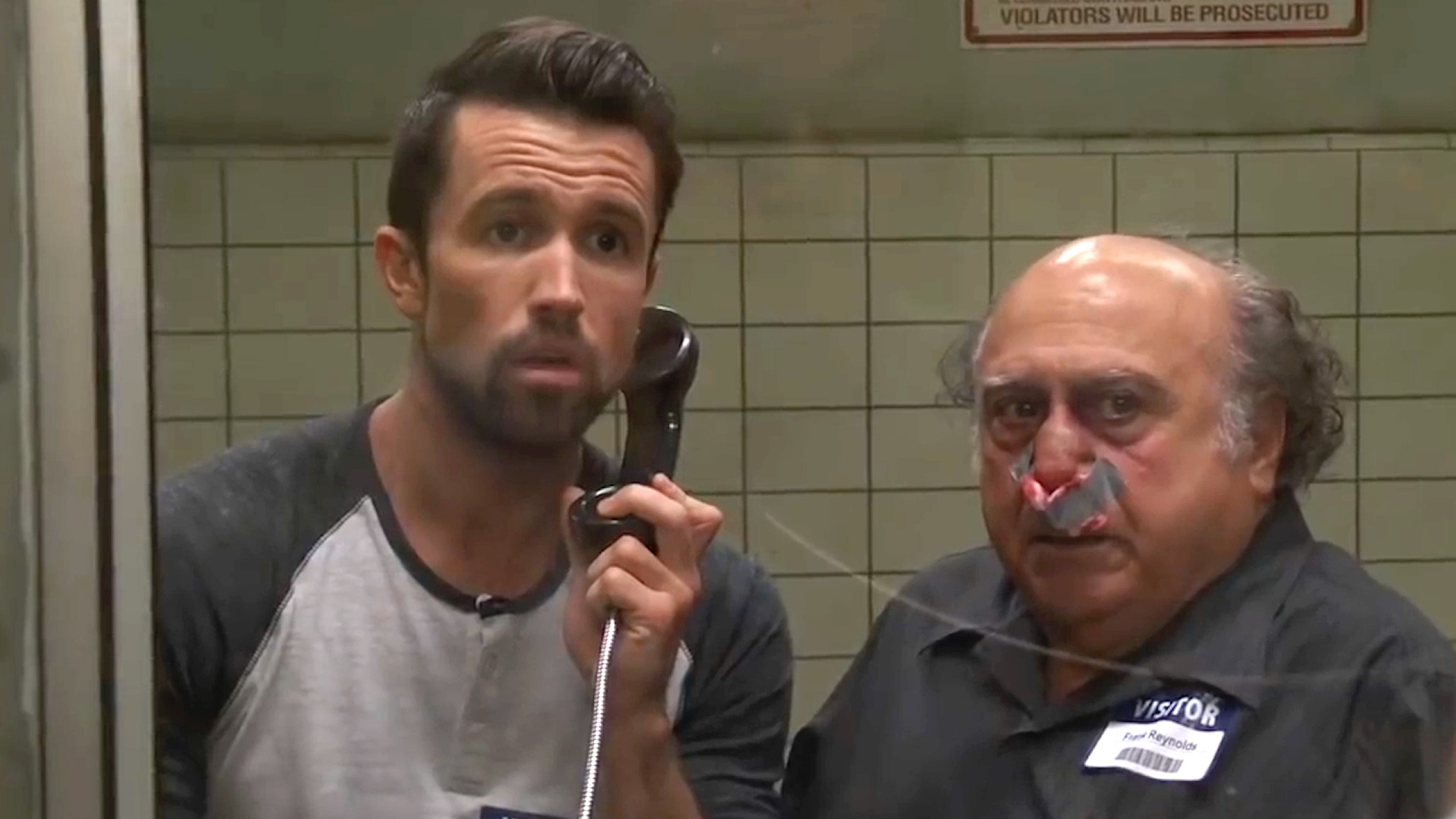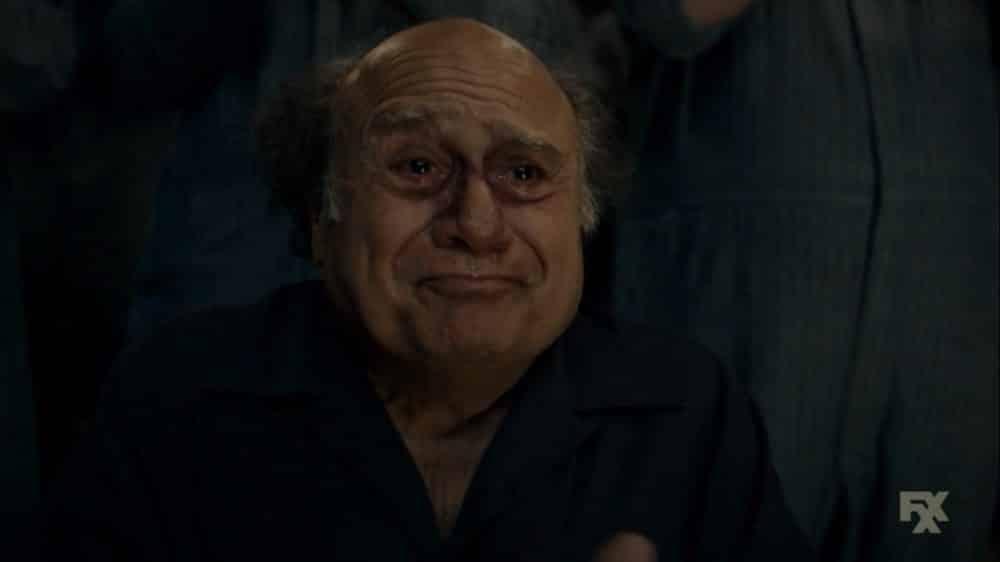
The idea of grotesque comedy sticks out to me because it is not something I typically enjoy. That said, the readings by Bakhtin and Umberto Eco worked together to remind me of my favourite television comedy. I was gripped by Bakhtin’s analysis of the human fascination with grotesque anatomy as it speaks to a personal perspective of humanity and the delicacy of all aspects of life, a healthy body most of all (Bakhtin 24-26). I was also intrigued by Eco’s argument on page 8 that “if comic (in a text) takes place at the level of fabula or of narrative structures, humor works in the interstices between narrative and discursive structures,” essentially that humour works as a lever between narrative actions and discursive interaction between characters. This reminded me of It’s Always Sunny in Philadelphia’s season 13 finale, “mac Finds His Pride,” where a main character Mac, is insecure about his own homosexuality, which is causing a problem because the rest of the bar’s staff wants him to be the “prize gay” atop their pride parade float. Throughout the episode, Mac is accompanied by Frank, easily the most openly bigoted character in the show, Frank is visibly uncomfortable talking to Mac about being gay, let alone engaging Mac to feel confident in coming out to his father Luther, a character who has always been disinterested in his son Mac. Over the course of the episode, a running joke is that Frank has broken his nose in the second shot of the episode, and his attempts to heal himself further infect and inflame his face, leading to a triumphant dance sequence where Mac becomes comfortable in his identity and a hideous Frank Reynolds sheds a tear and says “[he] get[s] it.” The gradually worsening state of Frank’s face serves as comic relief from the unusually sincere plot of the episode, as well as being a moral palate cleanser as Frank’s misguided and offensive attempts to make Mac feel comfortable as a gay man only further make Frank look like a literal troll. Without the usual hair-brained schemes, the visual gag of Frank’s swollen face and blood-drenched clothes works between the plot and the dialogue as a cathartic schadenfreude that subscribes to the spirit of the show.
I think that Frank Reynolds is a great, unique example of Bakhtin’s point on the grotesque of the human form! And perhaps in particular to the destructibility of his body. Whilst he superficially resembles the carnivalesque nature of the grotesque bodies, I find that Frank’s grotesque form finds a particular contrast to the typical utopian carnivalesque, grotesque bodies found in other forms of screen comedy, in that his body can be degraded, and the consequences remain – rather than having an indestructible body, like in The Three Stooges.